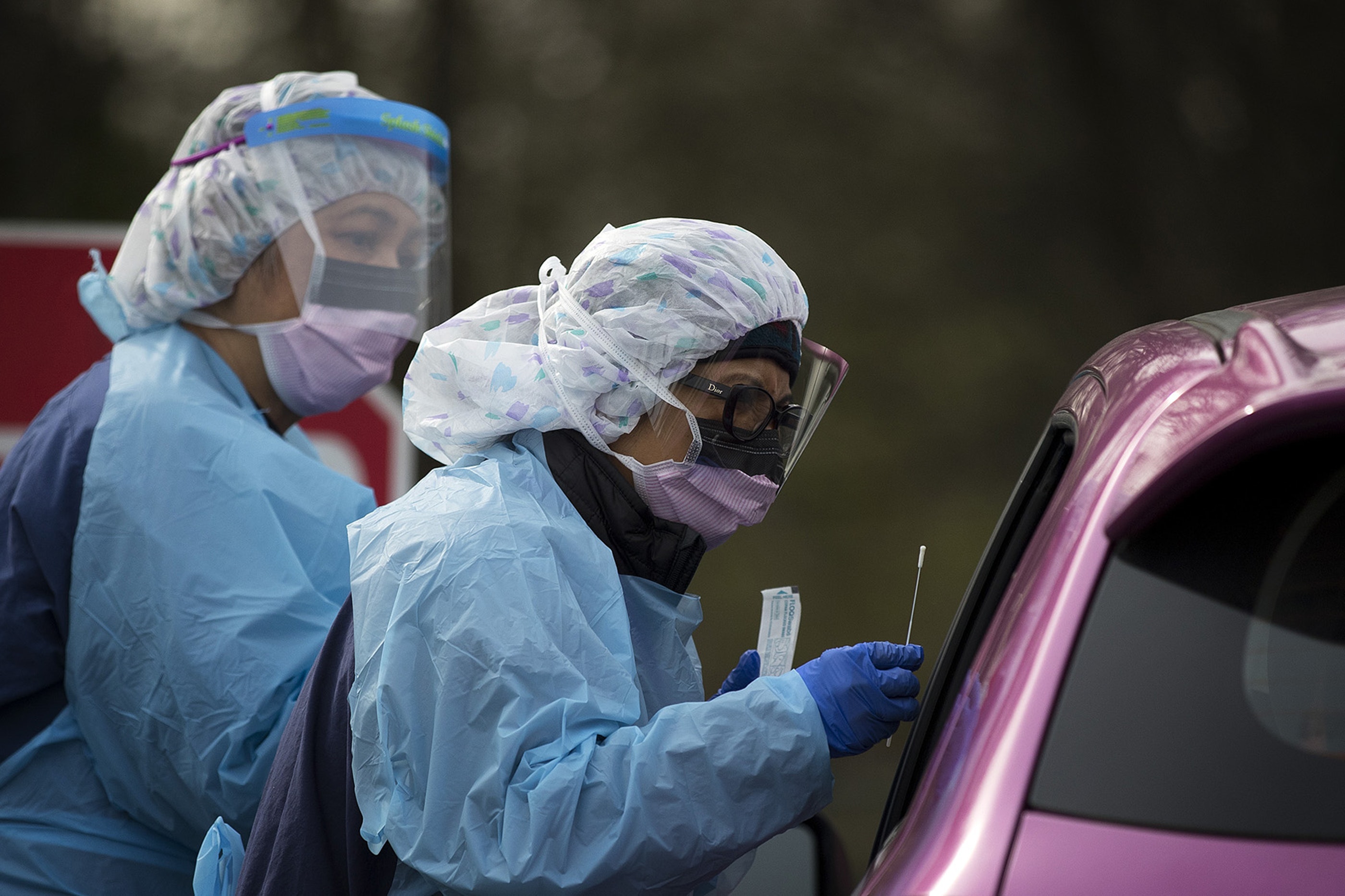Among the hundreds of articles displaying COVID-19 headlines, you have probably noticed the high emphasis and discussion around testing for the virus. From every angle, significant funds are being invested in this critical effort. In addition to quarantining, social distancing, and working from home, testing availability plays a significant role in slowing the spread of COVID-19. Packaging, as it relates to testing, is equally vital by helping ensure product quality and performance, since the resulting data is the information on which policymakers and healthcare providers will go forward and treat.
Much testing has taken place in pop-up settings, such as the drive-thru facilities that are popping up across many regions. These enable healthcare workers to have a high throughput of tests to diagnose a much higher percentage of the population while reducing contact with potential positive patients among the larger group gathered for assessment. Additionally, dedicated testing stations improve efficiency with an established procedural standard that allows the work to be repeated consistently and quickly. The pending release of the newly FDA-approved quick-result tests from Abbott promises to vastly expand the volume and speed of testing and results in the coming weeks. A drive-thru clinic in New York City reportedly collected over 1,000 samples in a 12-hour shift. Comparatively, the Abbott point-of-care test will enable up to 50,000 tests to be taken—and processed in a day. As the pace of testing ramps up, test component packaging becomes even more vital as it promotes the safe collection and handling of test samples in the non-traditional, often outdoor, testing environments.
To date, tests have required the medical staff to collect a swab of the back of a patient’s throat or high in their nasal cavity. Obviously uncomfortable, the process often causes gagging and can induce migraine headaches. Collected samples are sent to a lab where they are scanned for COVID-19, delivering results in two days. Abbott’s new “toaster-oven sized” molecular analysis unit can process samples taken directly from a patient’s nose or throat, or samples stabilized in viral transport media, in as little as five minutes.
Packaging plays a significant role in the transfer of both the diagnostic equipment and patient samples. Swabs must be protectively packaged and pre-sterilized to ensure patient safety while gathering the sample. And for swabs processed outside of a COVID-19 test station, samples must be collected and sealed to protect against outside contaminants until they are processed. From sealing and handling to ease of use, test kit packaging helps ensure accurate results and patient safety.
At a time when healthcare providers and policymakers need to make fast, informed decisions, as well as respond to rapidly changing conditions, there is no room for quality concerns. With industry innovation rapidly advancing new technology and packaging companies working equally hard to ensure fully reliable, safe product delivery and use, we can be proud to do our part in the fight against the COVID-19 pandemic.
Picture Credit: KUOW PHOTO/MEGAN FARMER




